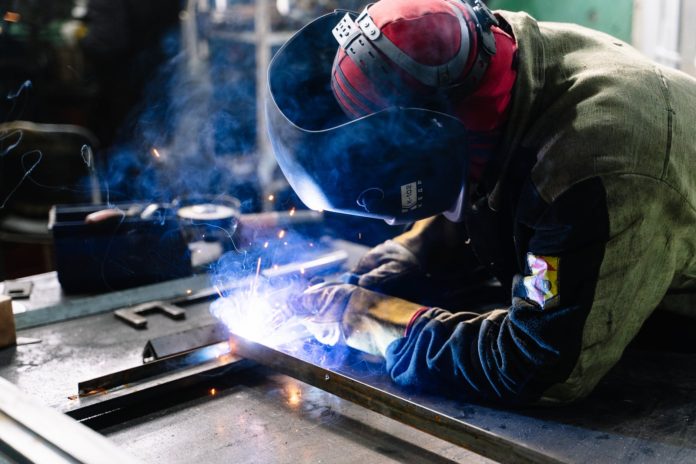Arc flash is one of the scariest kinds of accidents that can happen when working with electrical equipment. It occurs when electricity moves between different voltages through an unintended path and causes a dangerous explosion.
Here’s more on some of the most common reasons for arc flash, as well as some preventative measures.
Human Error
Unfortunately, human error is consistently cited as one of the most common reasons for arc flash. This can come from a few sources. In certain scenarios, people are simply too careless and make a mistake that leads to arc flash. But fatigue is also a major contributor when human error is at play.
When you’re exhausted at the end of a long shift, you’re more susceptible to making mistakes. In some professions, it’s easy to correct those things. There’s a lot more at stake when working with electrical circuitry, as arc flash can cause serious harm to people and equipment.
Faulty Equipment
Issues with equipment is another common factor that can lead to arc flash. There are many things that can be wrong with electrical equipment that might lead to critical issues like arc flash. This can include exposed or improperly installed wires or parts, degraded insulation, poorly maintained breakers and disconnect panels, and a variety of other issues. No amount of care on the worker’s part can protect them against equipment malfunction.
There’s no situation where it makes sense to cut corners with equipment. If something needs to be updated or replaced—do it. Companies like Schneider Electric have a full lineup of electrical components that can help safeguard against the dangers of arc flash.
Water Near Equipment
Most people know that water and electricity don’t mix well. This is certainly true when it comes to protecting against arc flash. Any water or liquid near circuitry can be a potential hazard.
Incorrect Compliance and Working Conditions
There are a few things that need to happen for companies to be in alignment with proper working conditions and electrical system compliance. It’s essential the workspace is constructed with OSHA-approved equipment and all OSHA and NFPA 70E standards are upheld. Any hazards or potential impediments to worker safety need to be removed immediately.
How Dangerous Is Arc Flash?
Many people underestimate the severity of arc flash. This kind of accident can cause severe injuries, or even death. The temperature element of arc flash alone is enough to cause horrible burns. It’s possible for an arc flash explosion to create temperatures in the tens of thousands of degrees Fahrenheit. For reference, the surface of the sun is about 10,000 degrees Fahrenheit.
But this isn’t the only danger of arc flash. Other risks include hot gases exuding from the incident, liquified metal, and pressure and sound waves. These can also cause major burns or fatalities. The shrapnel effect of the explosion can injure people in a significant radius. Additionally, arc flash can lead to hearing loss, brain damage, or psychological issues.
It’s estimated that up to 10 arc flash incidents happen every day in the United States, which makes this one of the most prevalent types of electrical accidents.
How Can You Protect Against Arc Flash?
Clearly, you need to take precaution and do whatever you can to avoid arc flash incidents. These are a few practices you can implement to lower the likelihood of arc flash:
- Educate workers on arc flash. Make sure people who are working on your premises understand arc flash, and how to avoid it. There are many educational courses out there for improving worker safety.
- Ensure all equipment is up-to-date and complies with all standards. Immediately address issues when components are showing critical wear or faults.
- Provide all workers with proper clothing to protect them against arc flash. While this won’t necessarily prevent an accident, it can save someone’s life.
- Continually refine and update protocol to create the safest possible work environment.
Arc Flash is a very real concern that needs to be taken seriously. Anyone who experiences this massive force knows just how destructive it can be to people and machinery.

